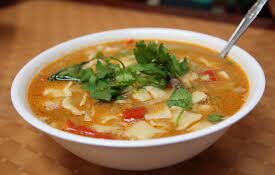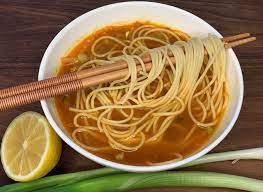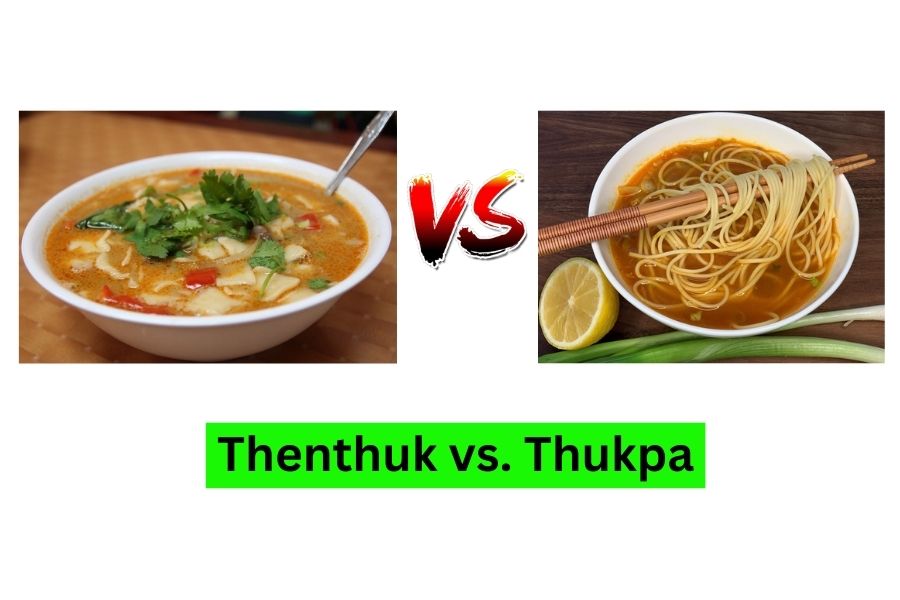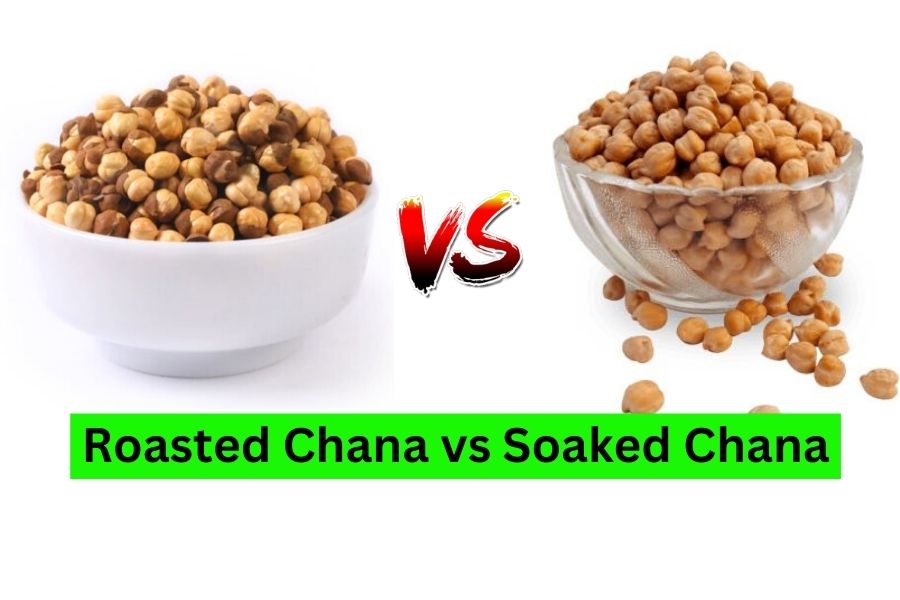In the heart of Himalayan cuisine, two iconic dishes stand out, each with unique flavors and cultural significance of Thenthuk vs. Thukpa. These Tibetan delights have gained international acclaim, but many still wonder about the differences that make each dish special. Let’s delve into the difference between Thenthuk and Thukpa.
Thenthuk vs. Thukpa
Origin Of Thenthuk

Thenthuk, originating from Tibetan traditions, is a hand-pulled noodle soup. The name “Thenthuk” itself means “pulling hand,” showcasing the artisanal technique involved in crafting its noodles.
Origin Of Thukpa

Thukpa, on the other hand, has evolved over time, becoming a diverse noodle soup found in various regional cuisines. Its roots trace back to Tibet, but it has adapted to the culinary preferences of different communities.
Taste and Texture
Thenthuk’s bold flavors hit the palate with a punch, delivering a satisfying spiciness. The handmade noodles, with their irregular thickness, add a delightful chewiness, creating a distinctive and hearty mouthfeel.
Thukpa’s taste is more nuanced, with a focus on subtlety. The noodles, often uniform in texture, provide a smooth and slurp-worthy experience. The broth’s depth and richness enhance the overall comfort, making each bite a savory delight.
Nutritional Comparison
Nutritional facts of thenthuk and thukpa per 100g
| Nutrient | Thenthuk | Thukpa |
|---|---|---|
| Calories | 330 | 220 |
| Protein | 12g | 10g |
| Fat | 10g | 5g |
| Carbohydrates | 48g | 35g |
| Fiber | 2g | 1g |
| Sodium | 300mg | 200mg |
| Vitamin A | 400 IU | 200 IU |
| Vitamin C | 10mg | 5mg |
| Calcium | 200mg | 100mg |
| Iron | 2mg | 1mg |
Popularity and Accessibility
Thenthuk has found its place in local markets, cherished by those seeking a hearty and spicy noodle soup. Its accessibility in the Himalayan region adds to its popularity.
Thukpa’s global journey has been marked by its integration into international cuisines. From upscale restaurants to street food stalls, Thukpa’s popularity has transcended cultural boundaries.
Serving and Presentation
The presentation of Thenthuk is an art in itself, with the noodles elegantly arranged in a bowl, adorned with colorful vegetables and aromatic broth. It’s a feast for both the eyes and the taste buds.
Thukpa’s visual appeal lies in its garnishing. Fresh herbs, spices, and sometimes a squeeze of lime add the final touch, enhancing the overall dining experience.
Cooking Tips and Tricks
For those eager to try their hand at Thenthuk, incorporating tips like mastering noodle pulling and balancing spices ensures a successful and enjoyable cooking experience.
Similarly, mastering the art of Thukpa cooking involves attention to broth preparation and ingredient combinations. Tips and tricks make the process more accessible to home cooks.
Also Read
Conclusion
Appreciating the diversity and unique characteristics of Thenthuk and Thukpa allows us to explore the rich culinary tapestry of the Himalayan region. Both dishes, though different, share a common thread of bringing warmth, flavor, and tradition to the dining table.
Related FAQ
What is the meaning of Thenthuk?
Thenthuk is a traditional Tibetan noodle soup that typically includes handmade noodles, vegetables, and meat or Tibetan-style dumplings. The name “thenthuk” translates to “pulling noodles” in Tibetan, referring to the method of hand-pulling the dough to make the noodles.
Which dish is spicier, Thenthuk or Thukpa?
Thenthuk is generally spicier due to its bold and robust flavor profile.
Can I find Thukpa outside the Himalayan region?
Yes, Thukpa has gained popularity globally and is often featured in diverse international cuisines.

